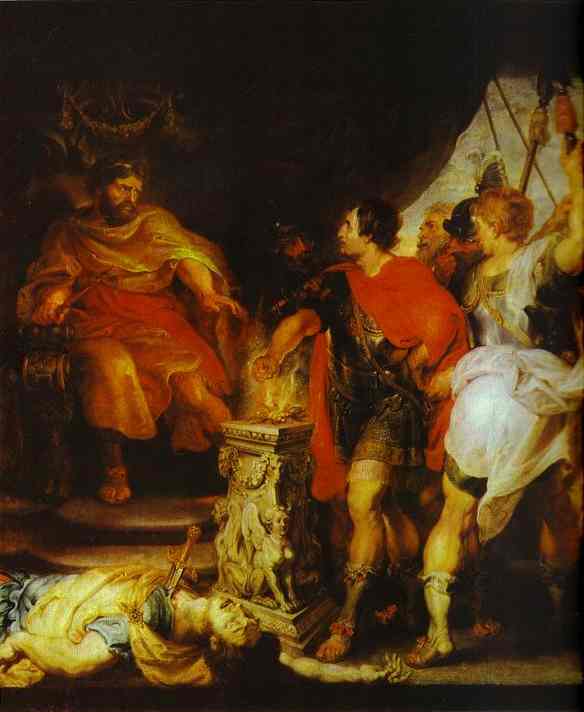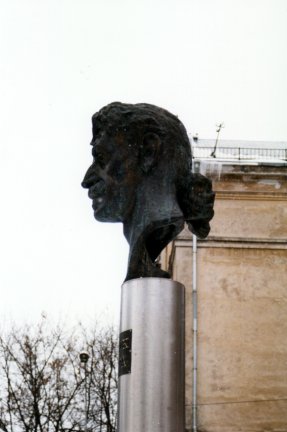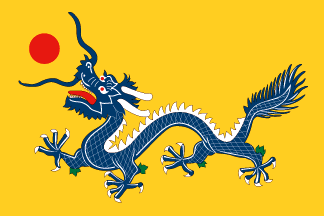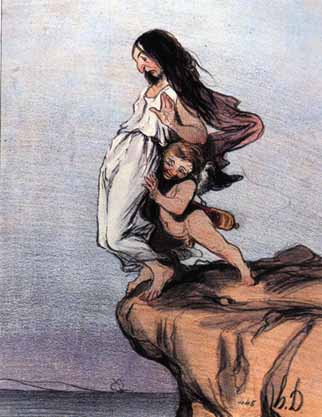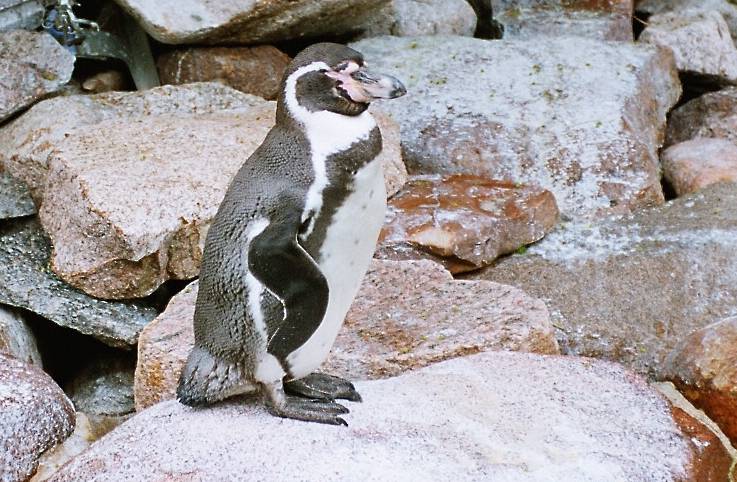No more submissions. The results haven't changed, so now I will give the answers now.
1. What is called the last territorial expansion of the British Empire?
The annexation of
Rockall, an unhabitable rock NW of Ireland in 1955.
2. They invaded a large country in the 19th century causing enormous damage. The only effective defence against them was the biological weapon. What are/were they called?
European Rabbits (Oryctolagus cuniculus) were released in Australia for hunting purpose in the middle of the 19th century. They reproduced so fast, that they destroyed vegetation in many parts of Australia, which led to erosion problems and extinction of many "native" species of plants and animals. Their invasion could not be stopped because of lack of their natural enemies. Only the release of Myxomatosis, a virus-caused disease reduced their numbers significantly, but soon the rabbits acquired partial immunity and still are a problem.
3. Where was Farrokh Bulsara born?
Better known as Freddie Mercury, he was born in
Stone City on
Zanzibar.
4. What was the occupation of the discoverer of the Galapagos Islands?
Fray Tomas de Berlanga was the
Bishop of Panama. In 1535, as he sailed to Peru to settle the dispute between Pizarro and other conquistadores, his ship was carried by sea currents to the archipelago of giant tortoises.
5. Who was the first king of Lithuania?
Mindaugas, the Grand Duke of Lithuania, was baptized around 1251 and crowned as a Christian king in 1253. He met a huge opposition against the conversion in his country and finally he renounced Christianity in 1260.
6. Who were the Guanches?
The original
inhabitants of the Canary Islands (originally from Teneriffe, but the name was applied to people living on other islands).
7. What were the Azores named after?
The most common theory is that the Portuguese, when they first came to the islands, saw many representatives of a local subspecies of the buzzard and identified them as goshawks (
Açor in Portuguese). Today many people also cannot tell a buzzard from a goshawk.
Another explanation is that the name comes from the word "azures" (plural from 'blue').
8. In which countries did this man rule?
This is a portrait of
Stanisław Leszczyński, King of Poland, Grand Duke of Lithuania etc. etc. elected to the throne (rather illegally) in 1704 after Charles (Karl) XII of Sweden's army marched into Poland during the Great Northern War. The Swedish King forced August II Mocny ("the Strong") to give up the Polish throne in 1706 but Leszczyński had to flee after Charles XII lost the battle of Poltava in 1709 and August II was restored in Poland. When he was on exile, his daughter Maria become surprisingly the Queen of France after marrying Louis XV in 1725.
In 1733, after August II' death, he was elected King of Poland once again, this time in the legal way. The Russians an Austrians opposed to this and forced the election of August III Sas ("the Saxon"), son of August after the Russian army marched into Poland (the history repeated in opposite direction...). This was the beginning of the so-called War of Polish Succession. Leszczyński had to flee to Gdańsk, where he waited for help from his French son-in-law. After a long siege and defeat of a small French contingent by the Russians he escaped in disguise to Prussia a few days before the city's capitulation (June 1735) and abdicated after his supporters' defeats in January 1736. The war in Poland was in fact over and it was fought mainly in Western Europe (France vs Austria). As a compensation for his lost throne, Leszczyński was given the title of the
Duke of Lorraine and Bar, which were overran by the French during the war. He ruled there peacefully until his death in 1766 and his dukedom was incorporated into France.
This question might be too hard, as I did not give any clues except the not very recognizable portrait but I was in a hurry

9. Who prompted Charles Darwin to reveal his own more developed and researched, but unpublished, theory sooner than he had intended?
Alfred Russell Wallace published in 1855 a paper, "On the Law Which has Regulated the Introduction of Species", which did not impress Darwin too much. Then Wallace sent Darwin his essay, "On the Tendency of Varieties to Depart Indefinitely From the Original Type" (1858) to review. This made Darwin to hasten the work on his theory which he started around 1840. Their ideas were presented at the Linnean Society in London on 1st July 1858. Next year
On the Origin of Species by Means of Natural Selection, or the Preservation of Favoured Races in the Struggle for Life was published.
10. Where was found a settlement that is supposed to have been a Viking colony in Vinland?
L'Anse aux Meadows in Newfoundland.




 I might be biased of course...
I might be biased of course... 



